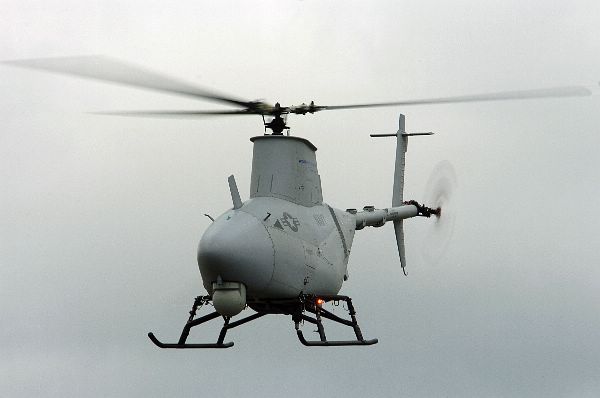The Office of Naval Research announced July 13 that a recent self-sponsored effort to examine how aircraft carrier flight deck crews will manage manned and unmanned air vehicles (UAVs), has ended in a successful live demonstration.
The Deck operations Course of Action Planner (DCAP) demonstration was performed at the Humans and Automation Laboratory at the Massachusetts Institute of Technology (MIT).
DCAP is a software tool designed to aid in planning on aircraft carrier flight decks–a congested and often times chaotic environment that not only includes a variety of aircraft but also ground equipment and personnel.
The science and technology effort will provide flight deck personnel with automated planning tools, enhanced information displays, and new user interface approaches that make it much easier to interact with autonomous systems in challenging naval environments.
According to ONR program officer Marc Steinberg, the goal is to increase efficiency and safety in the deck environment, and reduce the need for special procedures and restrictions as increasing numbers of unmanned air systems are integrated into the fleet.
“We are trying to understand how we can most effectively do future deck operations with manned and unmanned aircraft as we increase the numbers and level of autonomy and intelligence of the unmanned systems,” he said.
The demonstration, conducted June 23 by researchers at Massachusetts Institute of Technology (MIT), attempted to show how a person can manage, in this case 10 aircraft, where the operator encountered failures, ranging from the simple to the complex. The scenarios included catapult failures during launch operations and aircraft fuel and hydraulic leaks. More complex scenarios staged one aircraft fuel leak with a request for additional aircraft while there were conflicting priorities on the deck.
Engineers used small, remote-controlled ground vehicles to simulate aircraft on a scaled model of a carrier deck. Other parts of the lab represented a mission area and a marshal stack area that the vehicles moved through in the course of their simulated missions.
The planning device also displays priorities, schedule information, and details on aircraft fuel level and mechanical status as well as catapult and landing strip usage. This data aids personnel in the decision-making process, according to information from MIT’s Humans and Automation Laboratory.
Additionally, it enables the decision maker to interact with the included planning algorithm. This planning system is done on-demand, allowing crews to choose when to initiate a change in schedule and giving them a choice of different options.
DCAP was initially developed by MIT in the summer of 2009.










